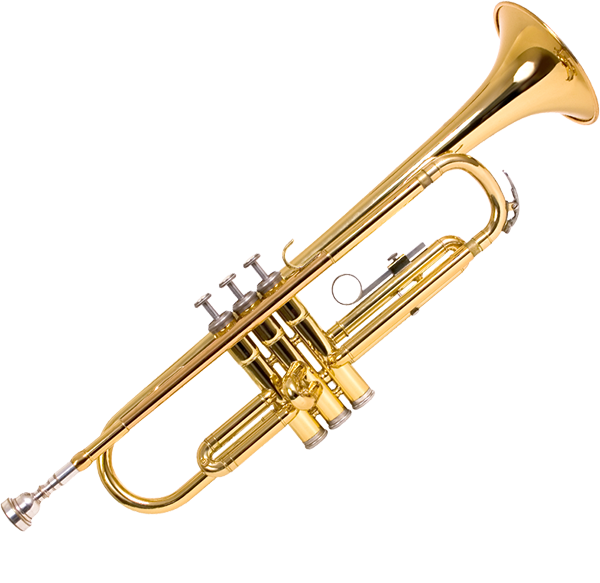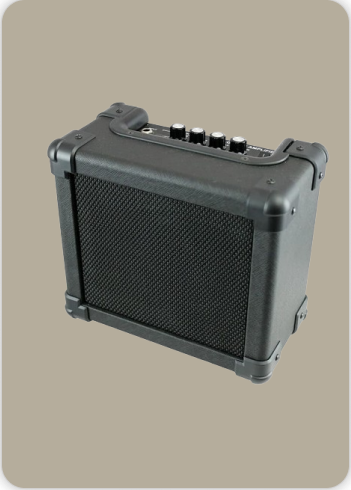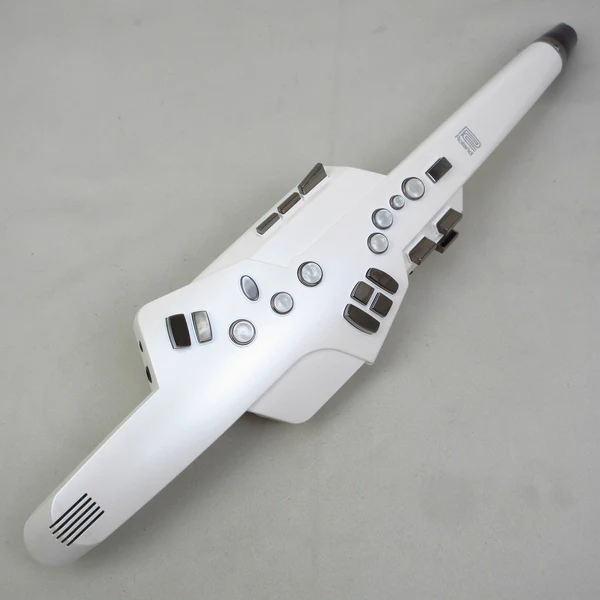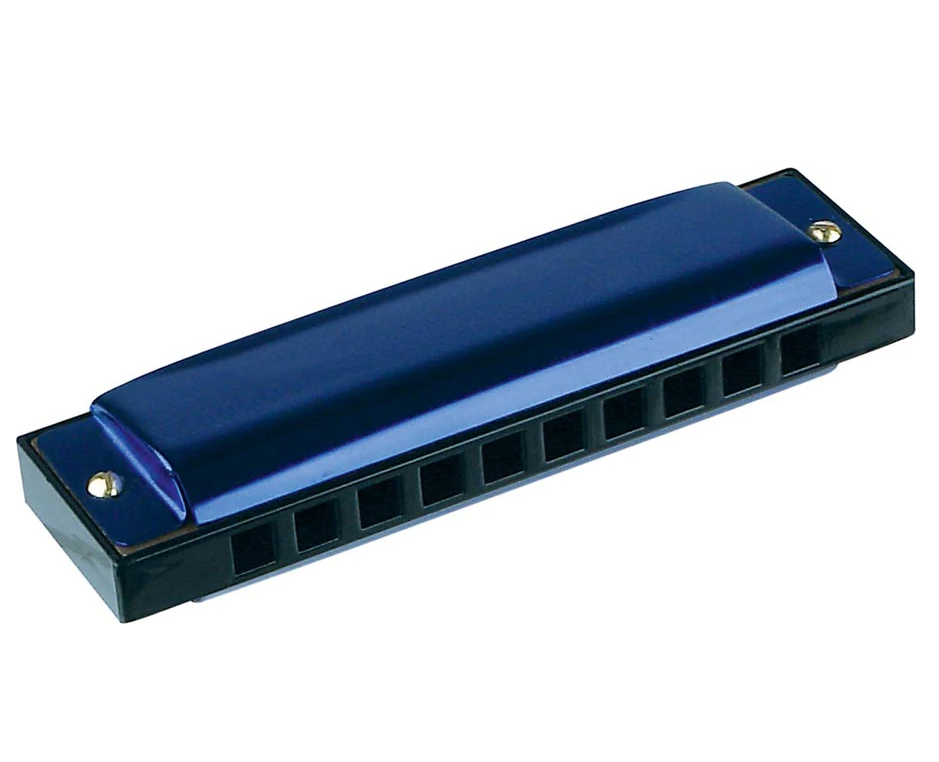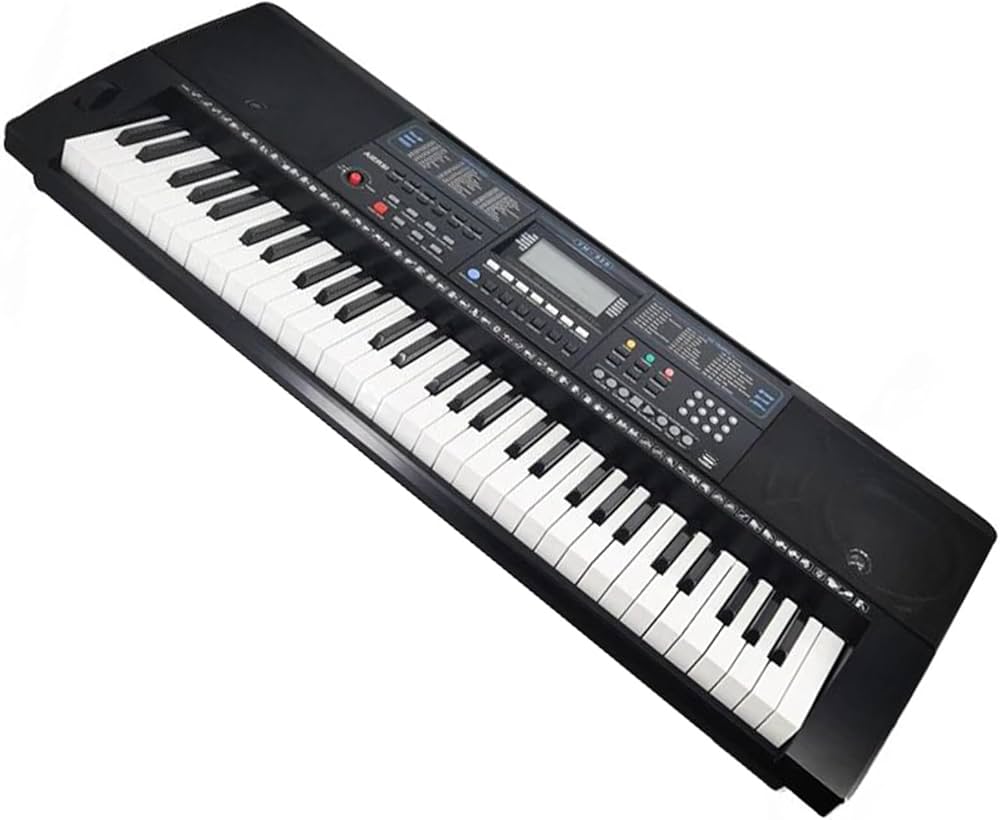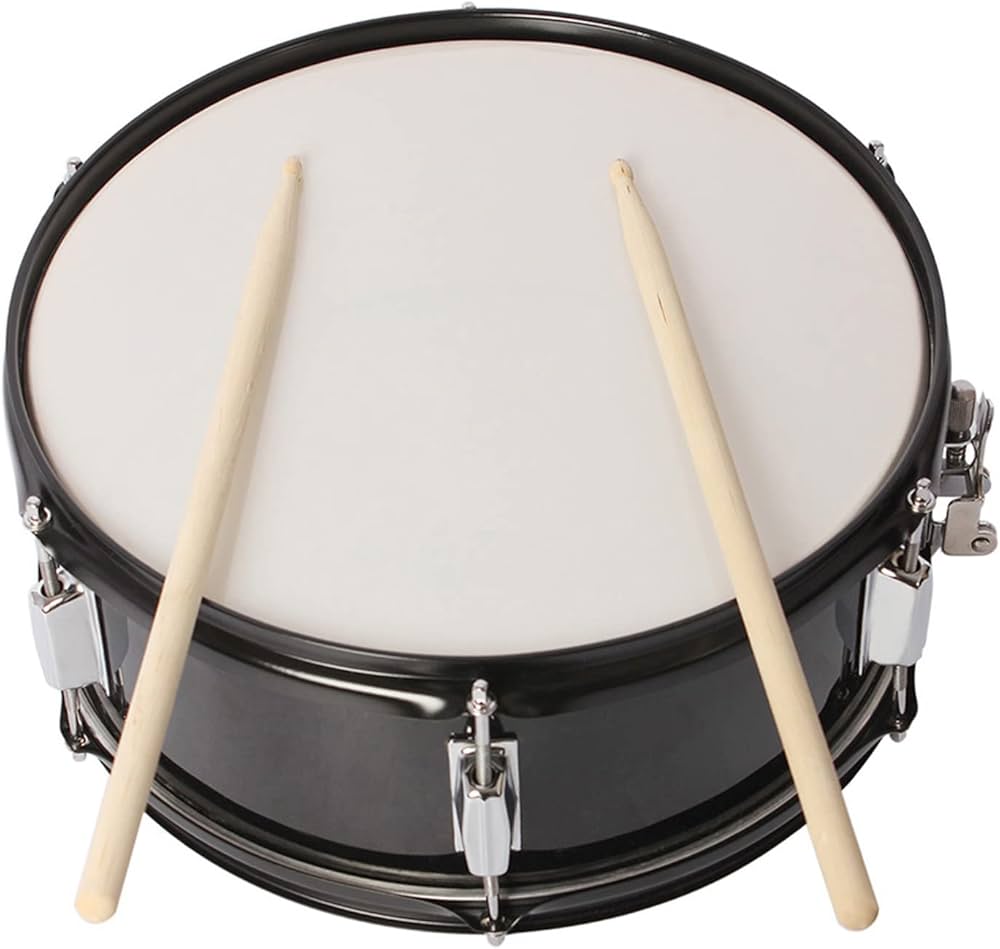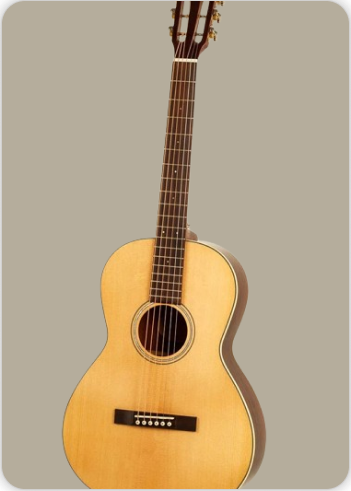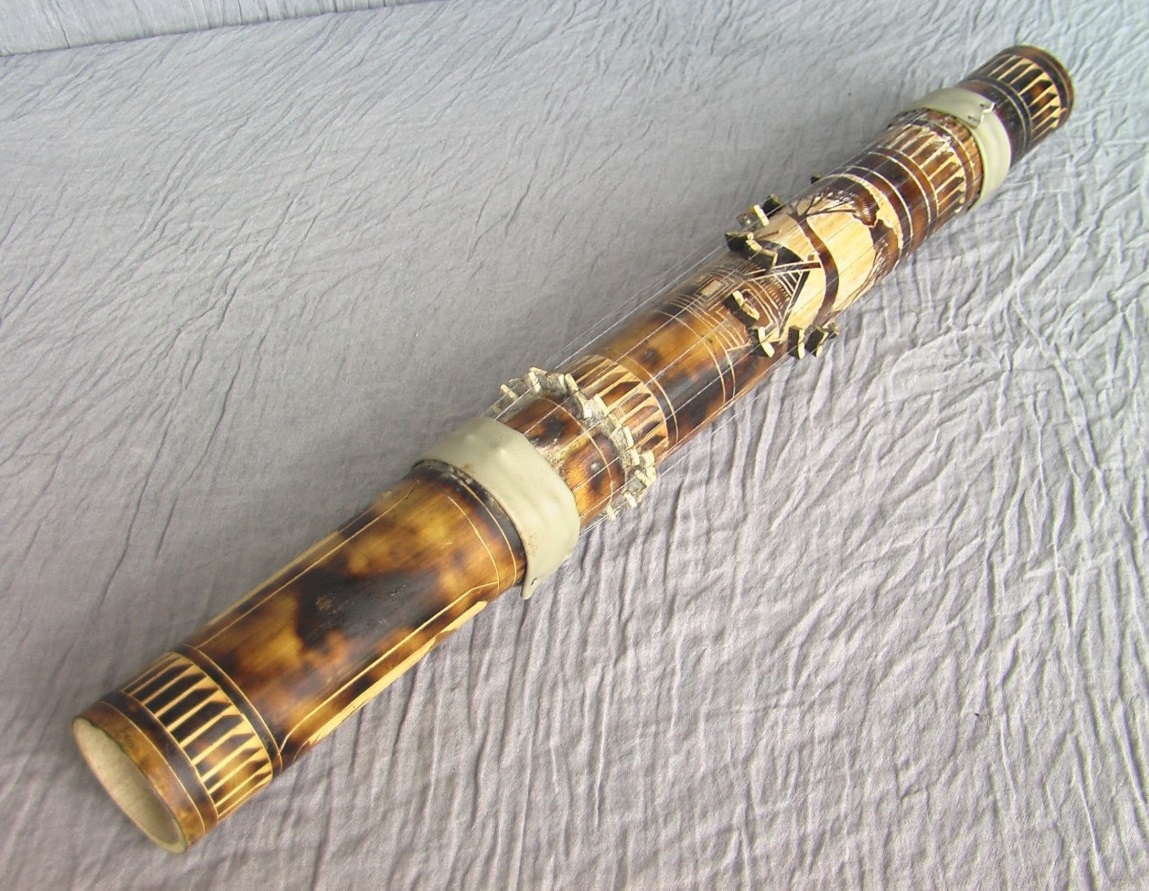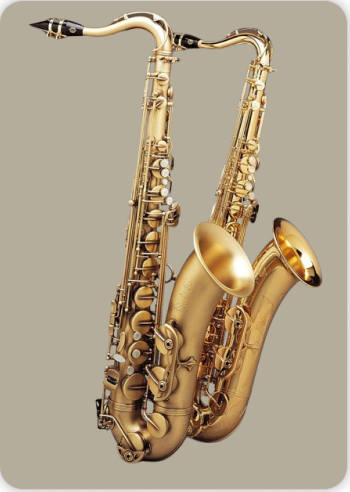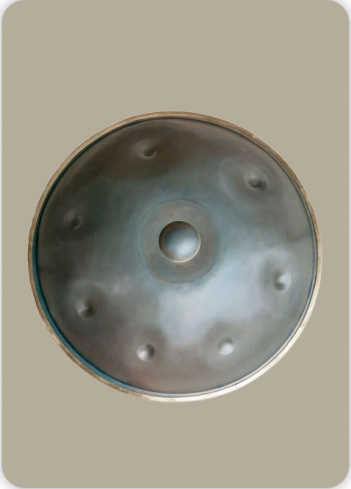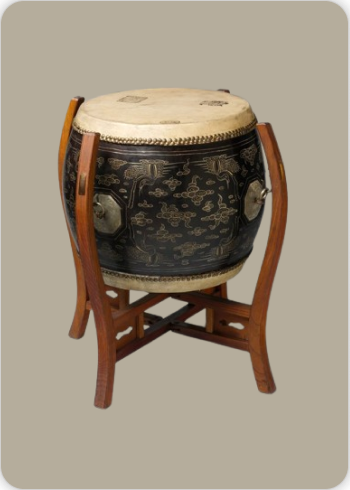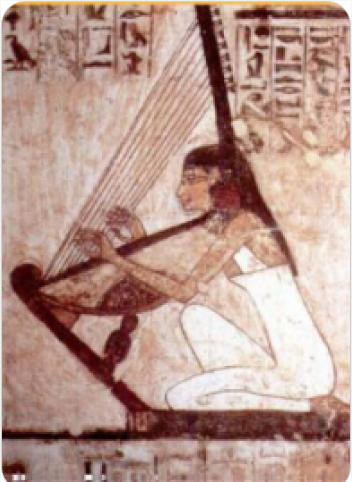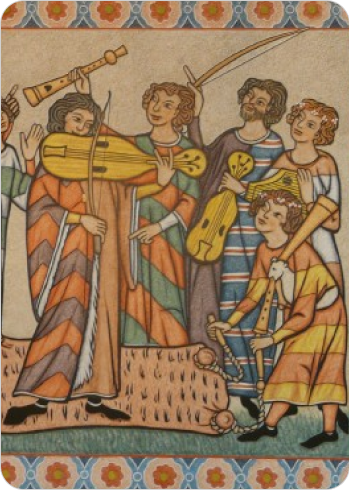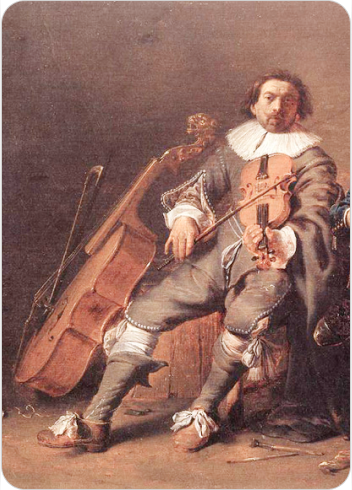Valiha
Plucked Instruments
Africa
Between 0 and 1000 AD
Video
The valiha is a traditional tube zither recognized as the national instrument of Madagascar. Characterized by its cylindrical bamboo body, it produces melodic tones through plucked strings that resonate within the hollow chamber of the bamboo stalk. Historically, the valiha held deep spiritual and cultural significance, often used in rituals to communicate with ancestors and invoke trance states. Over time, it transitioned from ceremonial use to secular music, becoming a symbol of Malagasy identity and unity. Its ethereal sound, often described as hauntingly resonant, accompanies folk songs, religious ceremonies, and contemporary compositions, bridging Madagascar’s past and present musical traditions.
Type of Instrument: The valiha belongs to the chordophone family, classified as a tube zither under the Hornbostel-Sachs system. Unlike harps or lutes, its strings run parallel to the bamboo tube, which serves simultaneously as the soundbox and neck. This design distinguishes it from box zithers like the marovany, a related Malagasy instrument with a wooden or metal resonator. The valiha’s strings are traditionally plucked with the fingertips or fingernails, though some variants are struck with sticks. Its construction allows for both melodic and rhythmic versatility, enabling performers to play intricate 12/8 patterns associated with spiritual ceremonies or modern diatonic scales for contemporary genres.
History and Origin
The origins of the Valiha trace back to ancient Southeast Asia, but its development into its modern Malagasy form occurred on the island of Madagascar, likely starting as early as the 9th to 11th centuries CE. Madagascar was settled by Austronesian seafarers from Southeast Asia, particularly Borneo (modern-day Indonesia), who brought with them early versions of tube zithers—a type of instrument common in their cultures. These early settlers encountered Bantu-speaking Africans who later arrived on the island from the African mainland. The convergence of these cultures contributed to the evolution of a unique Malagasy identity, language, and musical tradition—including the Valiha. The earliest Valiha instruments were likely made from bamboo, which is abundant on the island. Over time, the design evolved to include more refined construction techniques and tunings, often passed down through oral traditions. The instrument became associated with spirituality, royalty, and ancestral communication, especially among the Merina people in the central highlands of Madagascar.
By the 18th and 19th centuries, the Valiha had become firmly established as a central element of Malagasy court music. It was used by court musicians, spiritual leaders, and griot-like figures who preserved oral histories and cultural values through music.
Construction and Physical Structure
Crafted from bamboo species like *Valiha diffusa*, the instrument measures 35–180 cm in length, with diameters of 5–10 cm. Modern versions often use bamboo with longer internodes for structural integrity. Historically, strings were made by raising strips of the bamboo’s outer skin, supported by movable gourd or wooden bridges. Contemporary valihas employ steel strings sourced from bicycle brake cables, piano wires, or guitar strings, fixed with nails and tuned via adjustable bridges. The bamboo tube is often intricately carved or painted with motifs depicting Malagasy life, such as the Queen’s Palace in Antananarivo. A variant design includes a two-piece wooden stand for stability during performance, though most players wedge the instrument under their arm or between their legs.
Types of Valiha
Two primary variants exist: traditional bamboo-strung and modern metal-strung valihas. The bamboo-stringed type, now rare, produces a softer, warmer tone and is irreparable if strings break. Metal-stringed versions dominate today, offering brighter sound and durability, with 12–24 strings tuned diatonically, often in D major. Regional variations include the *manibola* of the Bara people, played during possession rituals, and the chromatic valiha adapted for Western musical styles. The marovany, a box zither with similar stringing, is sometimes grouped with valihas but differs in construction, using wood or sheet metal for its resonator. Some ceremonial valihas feature additional carvings or ritualistic adornments, reflecting their spiritual role.
Characteristics
The valiha’s tonal quality ranges from delicate, harp-like notes in bamboo-strung models to metallic resonance in steel-string versions. Its tuning traditionally follows a diatonic scale, though microtonal adjustments are possible by shifting bridges. Performers use techniques like alternating plucks, slides, and harmonics to create rhythmic complexity, particularly in 12/8 time signatures linked to trance-inducing rituals. The instrument’s portability and ergonomic design allow for dynamic playing postures, from seated positions with the valiha resting horizontally to standing performances with it tucked under the arm. Its music often accompanies *hira-gasy* theatrical performances, blending poetic narration and dance, or modern genres like *salegy* and *tsapiky*.
Cultural and Spiritual Significance
In Merina culture, the valiha accompanied *famadihana* (bone-turning ceremonies) and royal gatherings, symbolizing ancestral reverence. The Bara people used it in *tromba* spirit possession rituals, where its rhythms guided mediums into trances. Post-independence, the valiha emerged as a unifying emblem of Malagasy identity, featured on currency and national broadcasts. Despite the accordion’s rise in ceremonial contexts, the valiha retains sacred associations, with some communities preserving taboos around its use outside ritual settings. Contemporary artists like Rajery and Justin Vali have globalized its sound, merging traditional techniques with jazz and classical influences, ensuring its relevance in Madagascar’s evolving musical landscape.
Performance Techniques
Players pluck strings with both hands, using fingernails to achieve clarity and volume. Advanced techniques include *cepilleo*—a brushing motion across strings—and percussive taps on the bamboo body. The left hand often mutes or bends strings for pitch modulation, while the right hand drives rhythm. In ensemble settings, the valiha may provide harmonic drones or engage in call-and-response patterns with vocals and percussion. Solo performances emphasize improvisation, showcasing the player’s mastery of Madagascar’s oral musical traditions.
Modern Adaptations and Global Influence
Post-colonial innovations include electrified valihas and hybrid designs incorporating synthetic materials. Collaborations with international artists have introduced the instrument to world music audiences, while Malagasy conservatories standardize pedagogy to preserve traditional techniques. Despite these advancements, challenges persist, such as bamboo scarcity and competition from imported instruments. Nonetheless, the valiha’s enduring presence in festivals, recordings, and cultural diplomacy underscores its role as a living testament to Madagascar’s artistic resilience.
Playing Techniques and Sound Modifications
The valiha is traditionally played by holding the bamboo tube either under the arm or wedged between the legs, allowing both hands to be free to pluck the strings with the fingernails. The strings, originally strips of bamboo peeled from the tube itself, are raised by small bridges made from calabash or wood, which also serve as movable tuners to adjust pitch. In modern versions, metal strings such as unwound bicycle brake cables or piano strings are used, allowing for a brighter and louder sound. Players use alternating plucking techniques with their thumbs and fingers, and some skilled musicians employ sliding or brushing motions on the strings to create subtle tonal variations and expressive effects. The complex rhythms produced, often in a 12/8 time signature, are associated with trance states and spiritual ceremonies in Madagascar. The instrument can be played solo or as part of an ensemble, providing both melodic and drone-like textures. Additionally, some variants of the instrument are struck with small wooden sticks to produce percussive sounds, adding rhythmic complexity to performances. The tuning is generally diatonic, commonly in keys like D major with a low A, but can vary depending on the musical context and player preferences.
Famous Compositions
While specific named compositions are not widely documented in the Western sense, the valiha repertoire includes traditional Malagasy folk songs, ritual music, and ceremonial pieces integral to cultural events. The instrument is central to hira-gasy performances, a traditional Merina musical theater combining poetry, song, and dance. These performances often feature valiha music that accompanies storytelling and ancestral homage. The instrument’s music is also integral to possession ceremonies among the Bara people and other ethnic groups, where the complex rhythms help induce trance states. Contemporary Malagasy musicians have adapted the valiha for modern compositions, blending traditional melodies with popular music styles, thereby expanding its repertoire. The instrument’s sound is emblematic of Malagasy identity and is often featured in national celebrations and cultural festivals.
Most Influential Players
Several virtuosos have elevated the status of the valiha both within Madagascar and internationally. Notable players include Rakoto Frah, who was renowned for his mastery of the instrument and his role in popularizing it beyond Madagascar’s borders. His performances brought the valiha to global audiences, showcasing its versatility and expressive range. Other influential musicians have contributed to the instrument’s evolution by incorporating new playing techniques and expanding its musical contexts, including collaborations with jazz and world music artists. These players have helped preserve the traditional techniques while also innovating, ensuring the valiha remains a living and evolving instrument. In Madagascar, the instrument is also taught in schools and cultural institutions, fostering new generations of players who continue to innovate and maintain its cultural significance.
Historical Performances or Concerts
Historically, the valiha was played primarily in royal courts and religious ceremonies, particularly among the Merina aristocracy of the central highlands of Madagascar. It was considered a symbol of nobility and spiritual power, with long fingernails used for playing seen as marks of social status. The instrument accompanied rituals to summon ancestral spirits and was integral to rites honoring the Razana (ancestors). In the 19th and 20th centuries, the valiha featured prominently in hira-gasy theatrical performances, which were both entertainment and a means of cultural transmission. More recently, the valiha has been showcased in international world music festivals and concerts, often as a solo instrument or part of Malagasy folk ensembles. These performances have introduced global audiences to the unique sounds and cultural heritage of Madagascar, contributing to the instrument’s recognition as a national symbol.
Maintenance and Care
Maintaining a valiha involves careful attention to both the bamboo body and the strings. Traditionally, the instrument is made from a single bamboo tube, which must be kept dry and protected from cracking or warping. Players often store the valiha in a padded case or wrapped in cloth to shield it from humidity and temperature changes. The original bamboo strings are delicate and irreplaceable if broken, so modern players often use metal strings for durability. These metal strings require regular tuning and occasional replacement to maintain sound quality. The small bridges or wedges used for tuning must be adjusted carefully to avoid damaging the bamboo. Regular cleaning of the instrument’s surface and strings helps preserve its appearance and tone. Skilled artisans in Madagascar continue to craft and repair valihas, ensuring traditional construction methods are preserved alongside modern adaptations.
Interesting Facts and Cultural Significance
The valiha holds profound cultural significance in Madagascar, symbolizing national identity and unity. It is often regarded as the “national instrument” and is deeply embedded in Malagasy traditions, from aristocratic courts to rural communities. According to local myth, the instrument is believed to have been inherited from King David, reflecting a legendary connection to Jewish ancestry. The instrument’s origins trace back to Southeast Asia, particularly Indonesia, and it likely arrived in Madagascar via ancient maritime trade routes. This historical link is evident in the similarities between the valiha and other tube zithers found in regions such as Borneo, Vietnam, and the Philippines. In Malagasy culture, the valiha was once reserved for men during religious ceremonies, used to communicate with spirits and ancestors. Its music is associated with trance states and spiritual possession, particularly among the Bara people, who used it in rituals to invoke ancestral favor. Over time, the instrument became more accessible, played by people of all social classes for secular music, celebrations, and folk entertainment.
The instrument’s construction from bamboo, a readily available natural resource, reflects the Malagasy connection to their environment. The intricate carvings and decorations often found on valihas depict scenes of daily life, royal palaces, or symbolic motifs, adding artistic value to the instrument. Today, the valiha continues to be a powerful symbol of Malagasy culture, featured in festivals, educational programs, and contemporary music. Its unique sound and historical depth make it a cherished heritage instrument that bridges the past and present of Madagascar’s musical landscape.
FAQ
What is the construction and material used in the Valiha?
The Valiha is traditionally made from a single piece of bamboo, where the natural bamboo tube acts as both the resonator and body. Metal or bamboo strings are stretched over small bridges positioned along the instrument. The ends are sealed to enhance resonance. Modern versions may incorporate guitar strings for better tuning control.
What are the types and features of the Valiha?
The traditional Valiha has 12–24 strings and is played by plucking with fingers. Variants include rectangular box Valihas and chromatic versions adapted for modern tuning systems. Key features are its bamboo body, unique resonance, and diatonically tuned strings. It’s often held horizontally like a zither during performance.
What are the uses and musical applications of the Valiha?
The Valiha is used in both solo performances and traditional Malagasy ensembles. It accompanies storytelling, religious ceremonies, and festive occasions. Its sound is central to Malagasy identity, blending rhythm and melody. Modern musicians also incorporate it into world and fusion music genres.
 Links
Links
References
Other Instrument
Categories

